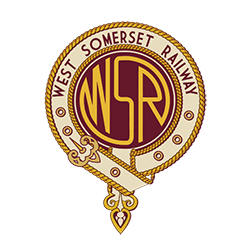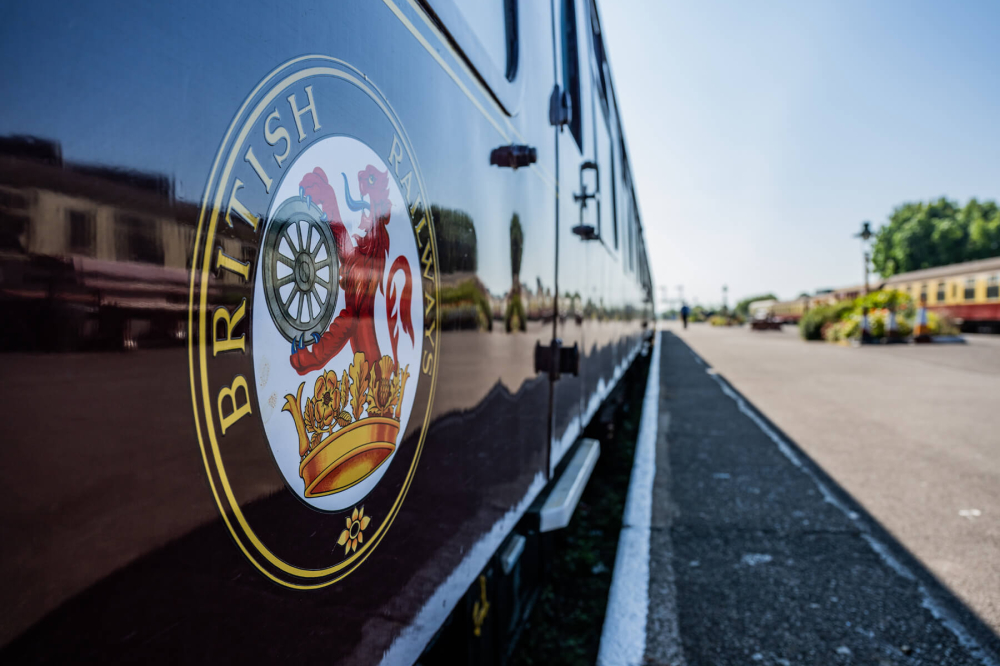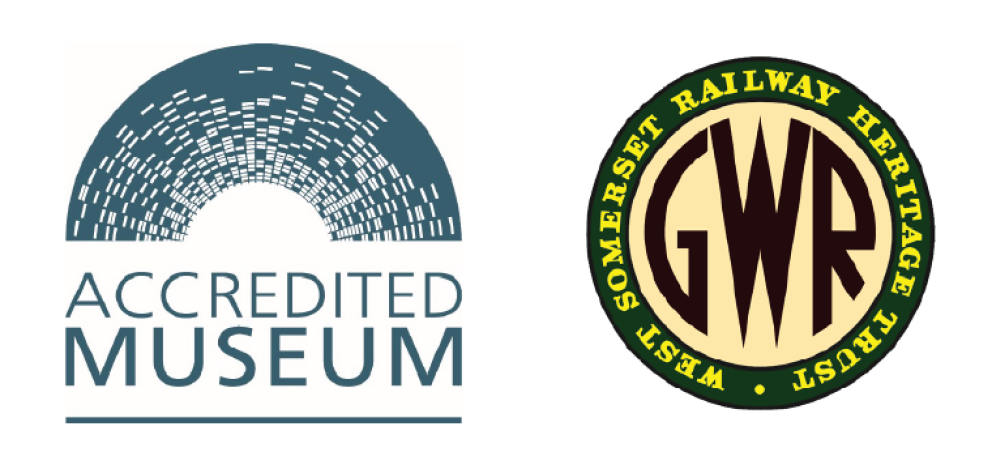The town of Watchet on the Bristol Channel Coast in England has a history dating back over 1000 years, during which time its harbour was in regular competition for trade with its neighbours at Minehead, Dunster, Bridgwater, Dunball, Highbridge and others in the direction of Bristol. Trading patterns fluctuated as the harbours were improved, were hit by storm damage or suffered from the periodic outbreaks of piracy.
In the 1840’s and 1850’s the Bristol and Exeter Railway began to make its way southwards as effectively an extension of Brunel’s original Great Western line from London to Bristol. This gave connections to the growing national railway network for Watchet’s rival harbours but the nearest railhead for the west Somerset town was at Taunton, some 12 miles away. One Railway was serving Watchet by 1856 but this was the West Somerset Mineral Railway which ran inland from the town to the iron ore mines in the Brendon Hills which was taken over the Bristol Channel to the furnaces of the Ebbw Vale Company in South Wales.
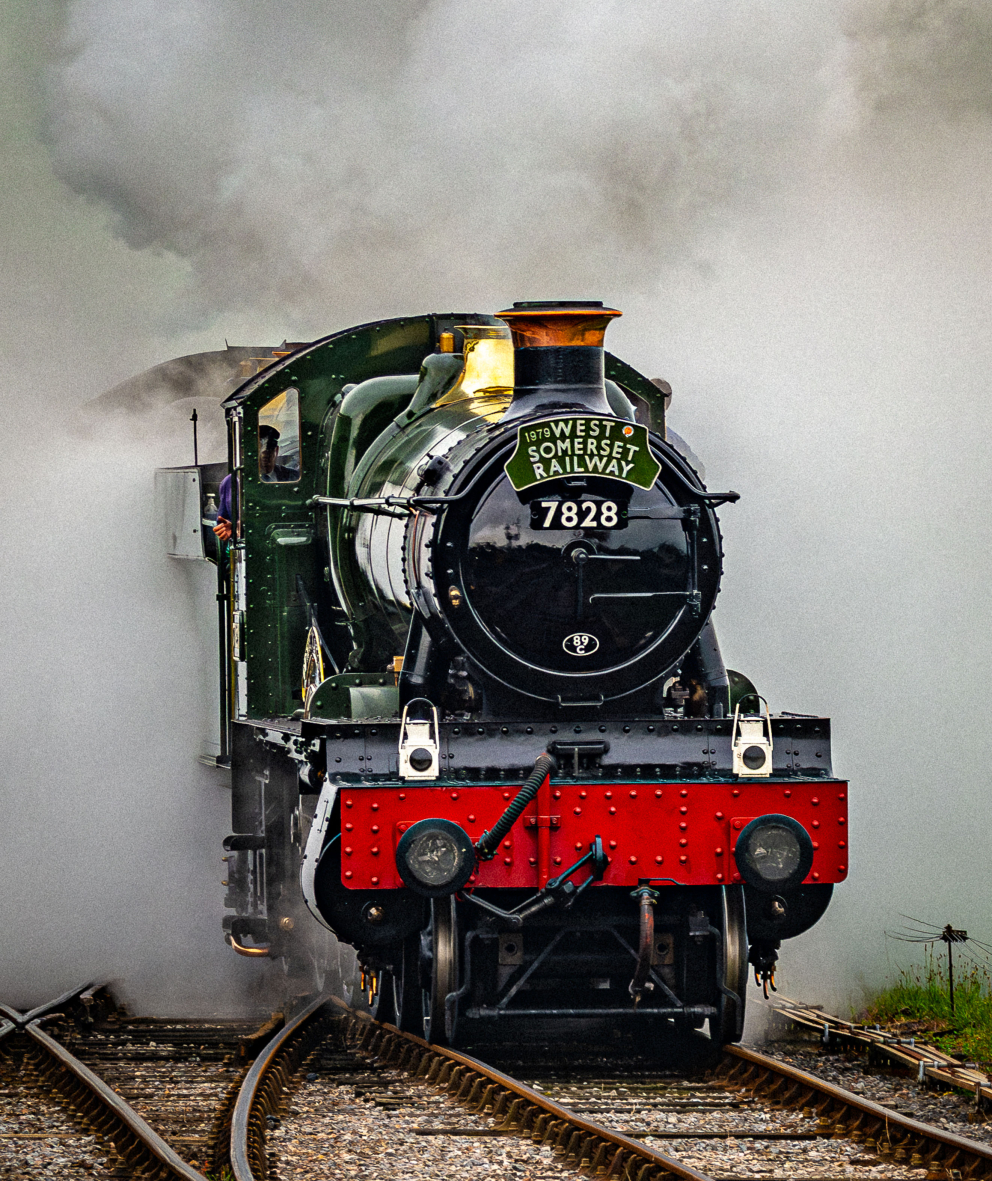
Local business men and dignatories in the West Somerset area began to promote the West Somerset Railway in 1856 and engaged Brunel as their Engineer.
Although his name would have added prestige to the project and helped with the share issue the great engineer’s energies were being absorbed by his bridge over the Tamar at Saltash and the “Great Eastern” steam ship. Therefore the project was delegated to one of Brunel’s assistants James Burke who followed the standard route plan for taking a line over a range of hills (the Quantocks) by following one water course up to the summit and another down from the watershed. The biggest delay, as was often the case with Victorian railway building, was obtaining the land at a price that the Railway could afford.
The West Somerset was extended to Minehead in 1874 by a nominally separate company (the Minehead Railway) although in practice all the operations were run from the start by the Bristol and Exeter. It was constructed throughout to the broad gauge of 7 feet and a quarter inch but was converted to 4 feet 8 and a half in 1882. Minehead was being developed by local businessmen into a holiday resort town to garner a share of the growing enthusiasm for seaside holidays or day trips to the seaside.
The Bristol and Exeter was absorbed by the Great Western Railway in 1890 and as the holiday traffic continued to grow so station facilities, particularly platform lengths grew. The final developments were in the 1930’s as part of work creation during the Great Depression and it is from this era that the length of Minehead station platform reached its present length of just under a quarter of a mile.
During the 1950’s and early 1960’s the Railways of Britain coped, with varying degrees of success with huge loads of holiday makers throughout the Summer weekends. This was done but there were often major delays, passengers were loaded into carriages that otherwise stood idle for the rest of the year and the experience often sent them to car show rooms on their return. Even so the Minehead branch still saw through trains from London and the Midlands into the late 1960’s and it was in that decade that Butlins built a holiday centre in Minehead. However the harsh economic reality was that whilst the Minehead branch line of British Railways, as it had been after nationalisation in 1948, made money in the summer it lost it for the rest of the year. The local passenger trade was being lost to the bus services and private car ownership was growing whilst freight traffic was also fading away despite cargos of esparto grass for paper making being shipped into Watchet and taken forward by rail to a paper mill at Hele and Bradninch near Exeter. Under the infamous Beeching Report “The Reshaping of British Railways” all four branch lines from Taunton were slated for closure. That to Chard went in 1962, Yeovil followed two years later and the route to Barnstaple ceased to see trains in 1966. Trains continued to Minehead but in 1970 all school travel was switched by Somerset County Council from rail to road and that tilted the financial scales once and for all. The line closed at the start of January 1971.
However with the prolonged time taken for the line to close plans had turned to keeping it open as a private concern. Negotiations took over five years but at Easter 1976 reopening began with trains running between Minehead and Blue Anchor. By 1979 services were running over the 20 miles of line between Minehead and Bishops Lydeard, a village which is 4 miles by road from Taunton.
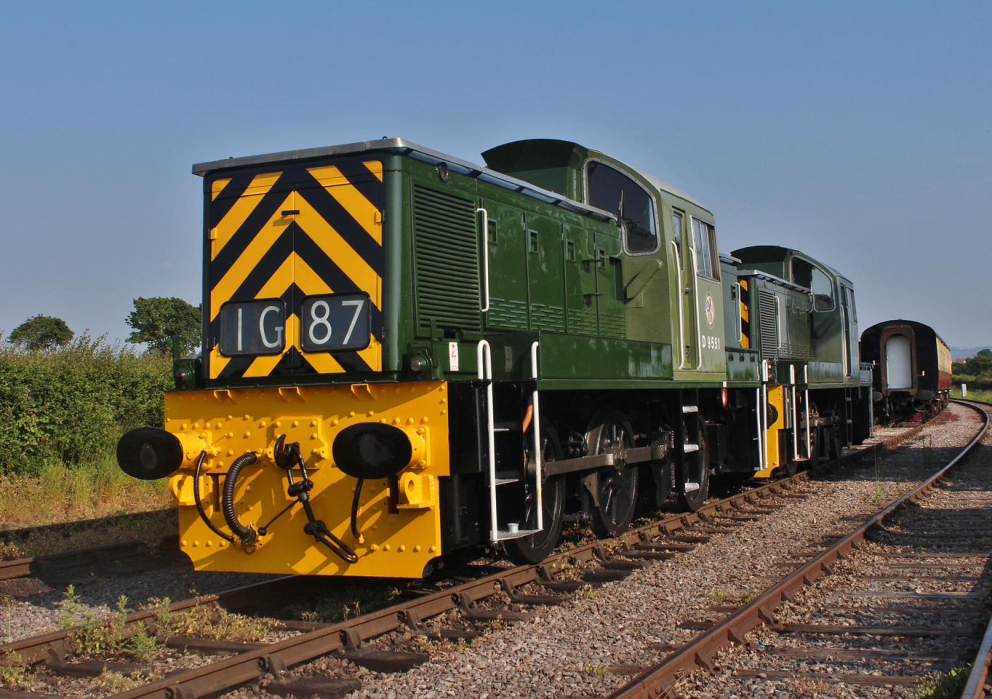
The intention of the new WSR was to run all-year round diesel services between Minehead and Taunton with some steam services as an additional tourist attraction.
However there were problems from the start. The first stumbling block was that as an accident of transport history in South West England local bus drivers were members of the National Union of Railwaymen and the NUR were afraid that a revived WSR would take business from the local bus routes. This meant that the junction on to the main line was “blacked”.
To compound matters the rapid expansion of the WSR revival meant that the Company had out grown its financial strength and was teetering on the edge of bankruptcy. The industrial steam engines purchased were unsuited for 40 mile round trips at the head of passenger trains and the diesel railcars were suffering reliability problems too. With this reliability problem (a local joke held that WSR stood for “will something run?”) the all year round train service was hardly used and when in 1981 British Rail replaced semaphore signalling in the Taunton area with colour lights it made no provision for West Somerset trains on the reasonable assumption that the WSR would not be around much longer. The track which would have given WSR trains access to Taunton station was torn up and new signals were positioned on the track bed.
As the 1980’s began the picture was at its darkest but a fight back began. A new Board came into place and sadly nearly all the paid staff were made redundant. (although many in a remarkable esprit de corps stayed on as volunteers). The winter services went, plans of trains to Taunton were shelved, and a new focus on developing the line as part of tourism and leisure came into place. Matters remained tight and Somerset County Council showed enormous faith in the future of the project by their support but by 1986 the corner was turning. More suitable steam engines were entering traffic and passenger numbers began to rise. In 1989 the WSR was able to hire “Evening Star”, the last steam engine built for British Railways in 1960 and a pattern was set for the future.
As income grew it also became possible to improve the infrastructure of the line. During the run-down in the 1960’s the line had been reduced to “basic railway” status with sidings and passing loops being torn-up, signal boxes closed and demolished and other facilities removed. Steadily these changes have been reversed although the process continues to this day with the current fund-raising project being the re-instatement of the full length of the passing loop line at Williton. This work is carried out in line with the practice of the Great Western Railway wherever that conforms with modern safety standards.
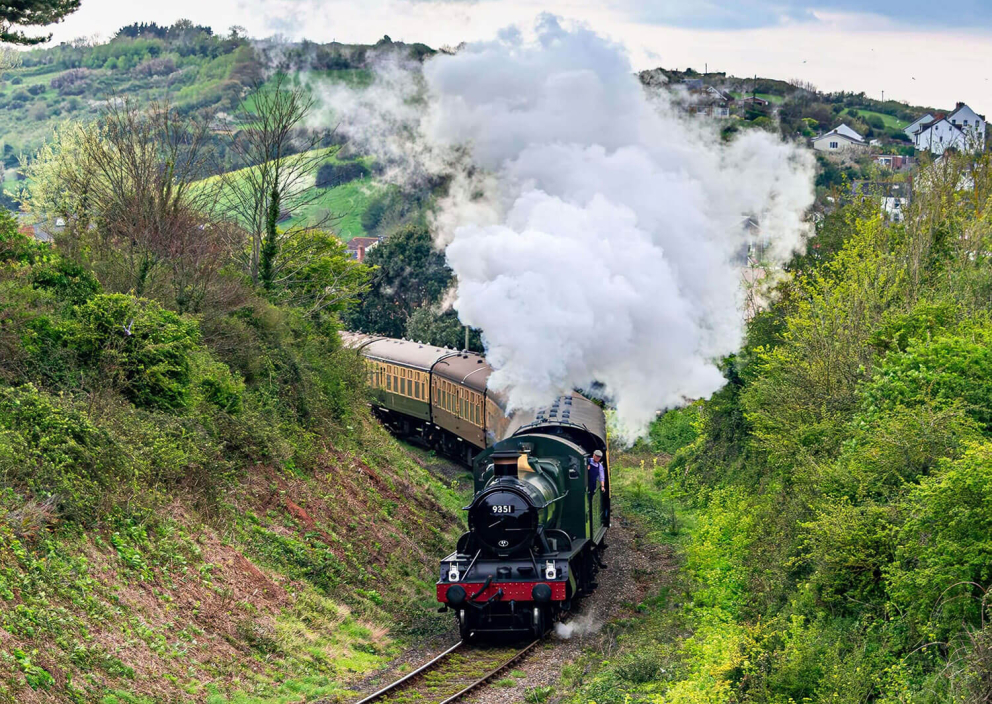
Today the Railway carries over 200,000 passengers a year making it one of the largest attractions in South West England. There are some 50 paid staff and a key input from 900 volunteers and trains run on selected dates in all months outside the main season throughout the year and daily from early April to early October.
